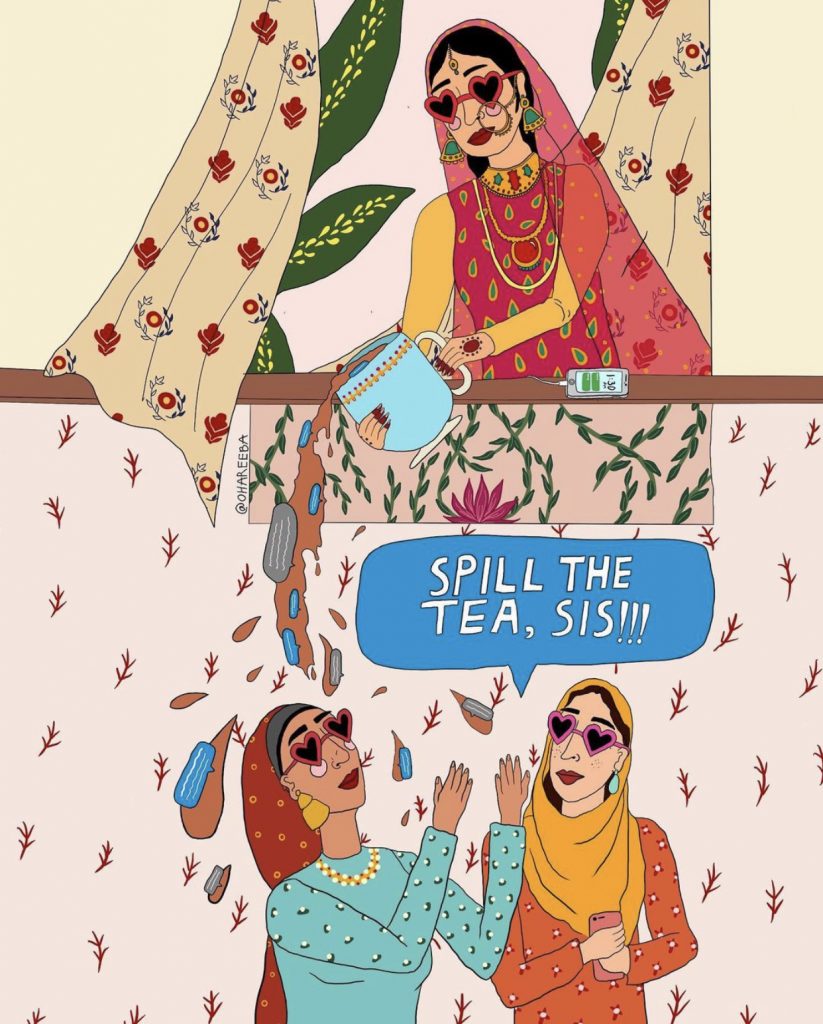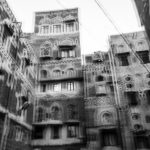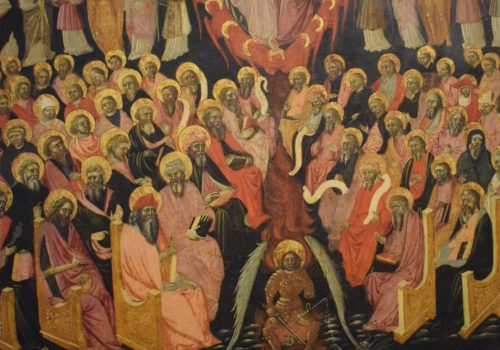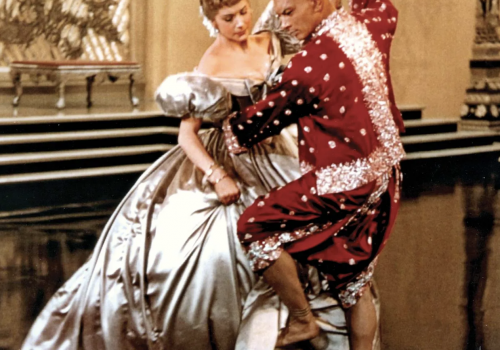Donna Harraway is a contemporary feminist, who wrote the ‘Cyborg Manifesto’ where she declares that she would ‘rather be a cyborg than a goddess.’ Many contemporary women like Donna Harraway see religion as oppressive to womankind because it ascribes to traditional gender stereotypes and presents them as natural and the way the world is meant to be. Cyber feminists see this as detrimental to the liberation of women and therefore reject religious ideology in favour of creating their own meta narratives and mythologies such as the ‘cyborg’ which values the technological above the traditional or the religious. The cyborg does not rely or expect its ‘father to save it through a restoration of the garden I.e. through the fabrication of a heterosexual mate.’ Therefore the cyborg cannot be described as a religious being as ‘the cyborg would not recognize the Garden of Eden.’ Cyborgs are the byproduct or ‘offspring’ of patriarchy, militarism and capitalism, as well as state control but as ‘illegitimate offspring are often unfaithful to their origins. Their fathers, after all are inessential.’ However, in a postmodern contemporary society is there room for a woman to be both religious and a cyborg or does one way of being negate the other?

There is often this misconception that Muslims completely reject image making in all contexts and this assumption is because iconoclasm is ‘poorly understood and greatly overestimated, it is also frequently viewed with suspicion, and sometimes as proof of Muslim provinciality or even backwardness.’ However, iconoclasm is not based on teachings from the Qur’an but rather on traditions from the Hadith. The Hadith is a source of religious law within the Islamic faith and ‘denotes the words, actions, and the silent approval, of the Islamic prophet Muhammad.’ Although depictions of humans and animals are strictly prohibited within sacred Islamic spaces such as the Mosque or the Madrasahs this prohibition does not necessarily extend to the secular sphere or non sacred spaces and a ‘robust tradition of figural representation’ has been observed within Islamic Art.

Areeba Siddique, is a Pakistani artist, who makes comics of veiled and covered women using bright colourful illustrations and collages that she posts to her Instagram and blog. Areeba’s work shows herself, a contemporary woman, she depicts mirror selfies, skin care routines and fanciful crushes on pop stars that culminate in outrageous fan art. Areeba would not describe her work as directly Islamic or as Islamic art however as a Muslim woman her work follows some rules that are set out by her faith, therefore her work could be viewed as intrinsically religious. Areeba writes in one of her blog posts ‘“Faces aren’t allowed in Muslim art and it can possibly lead to an eternal hell I’m truly afraid of. So it feels awfully weird when I’m being called a Muslim Artist for my illustrations because it’s more of an oxymoron. These two words — Muslim & Artist — don’t fit together if I don’t behave.” I think a commonly made misconception is that all drawings of people are haram (or prohibited) within the Islamic faith but really – ‘ only drawing of faces that look real, reflect the soul, and imitate the creation of a proper face are those that aren’t allowed.’ The eyes are often described as the windows to the soul. Now, Areeba is trying not to include eyes in her illustrations, she presents herself wearing a pair of what have become somewhat iconic heart shape shades. Her images are scattered with details, they are not symmetrical or perfect. She manages to find balance whilst ‘trying to create something that wouldn’t disturb her own religious beliefs.’ You can definitely see the influence that her religion has had on her process and her work. I would consider Areeba Siddique to be a cyborg, her art is contemporary it is technological, it is female centric, it is strong, it is also undeniably religious.
All images belong to Areeba Siddique










Leave a Reply